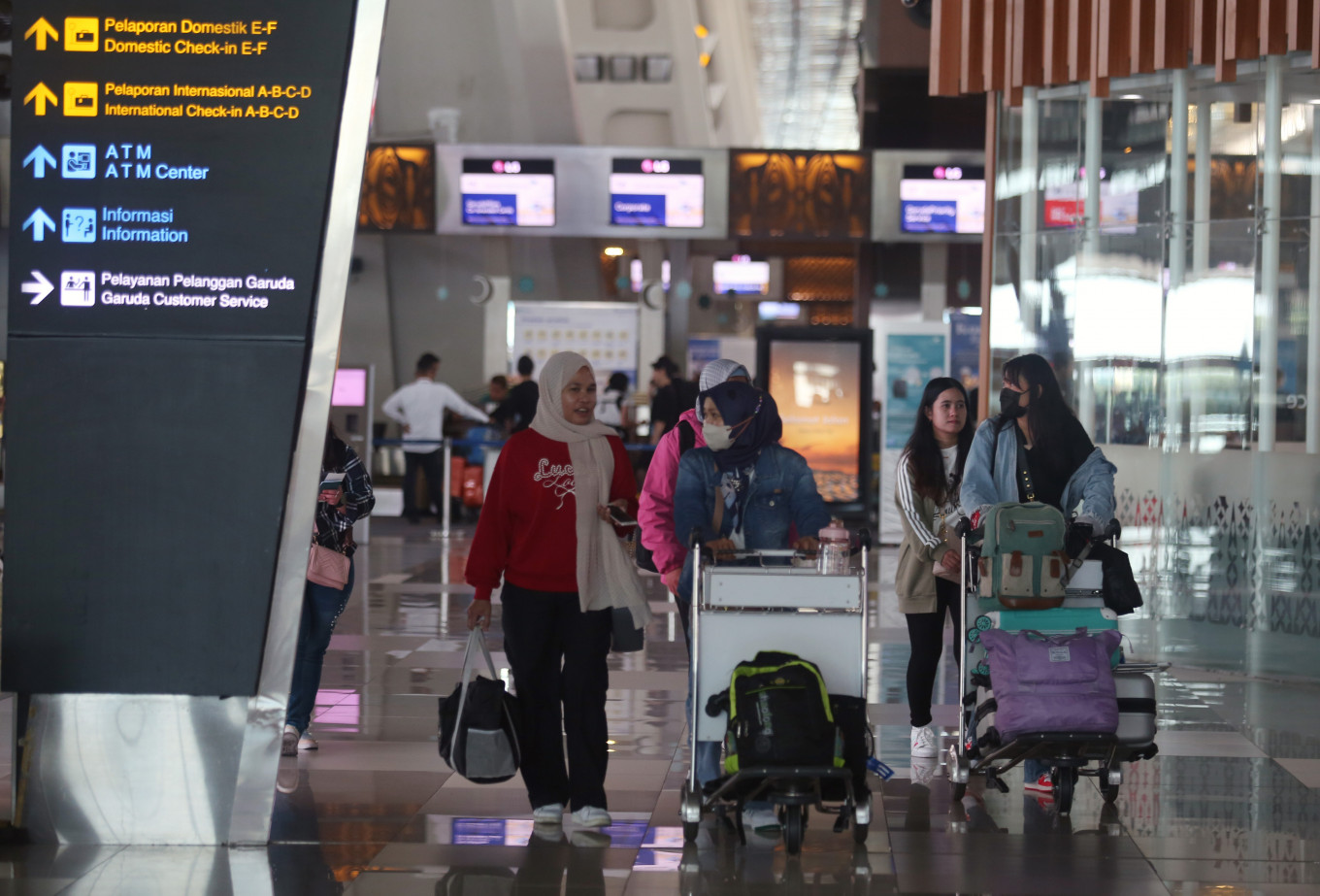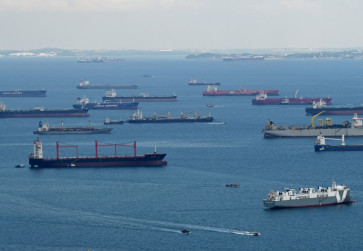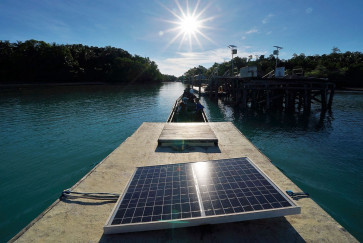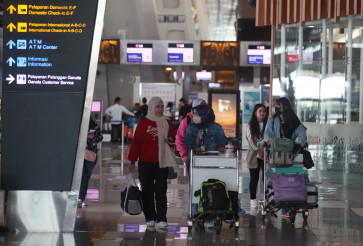Popular Reads
Top Results
Can't find what you're looking for?
View all search resultsPopular Reads
Top Results
Can't find what you're looking for?
View all search resultsWhat’s behind the rise of new airlines in Indonesia?
A key factor behind this growing interest lies in the regulatory flexibility and investment-friendly climate introduced by the Indonesian government.
Change text size
Gift Premium Articles
to Anyone
T
he skies of Indonesia, one of the world’s largest archipelagic countries, are getting crowded as new airlines take flight in one of the world’s most capital-expensive and low-profit margin industries.
Recently, several new airlines have entered the Indonesian aviation market, particularly in the scheduled flight segment.
One example is Fly Jaya, which officially began operations on July 3, with its maiden flight from Halim Perdanakusuma Airport in Jakarta to Adisutjipto Airport in Yogyakarta. Another notable entrant is Blue Bird Nordic (BBN) Airlines, an Ireland-based airline and a subsidiary of Avia Solutions Group. BBN Airlines launched its first flight in Indonesia on Sept. 27, 2024, flying from Jakarta’s Soekarno-Hatta International Airport to Surabaya’s Juanda International Airport. BBN Airlines has since ceased operating as a scheduled airline and has shifted its business model toward aircraft leasing.
Looking ahead, there are also plans for the launch of Indonesian Airlines, a new carrier established under Calypte Holding Pte. Ltd., although the airline has yet to commence operations.
The influx of new players is not limited to the scheduled passenger airline segment. Indonesia’s air cargo market has also attracted newcomers, such as Airnesia Royal Cargo, which has emerged to respond to the growing demand for domestic air logistics services in Indonesia, a market influenced by the need for inter-island connection.
What is particularly noteworthy is how these new airlines have recently found Indonesia an attractive environment to establish their operations. A key factor behind this growing interest lies in the regulatory flexibility and investment-friendly climate introduced by the Indonesian government, especially within the aviation sector.
This shift was made possible through amendments to Law No. 1/2009 on aviation. Previously, the law was mandated that holders of commercial air transport licenses must own and control a specific number of aircraft. The regulation required scheduled commercial airlines to own at least five aircraft and have control over at least five additional aircraft. For non-scheduled commercial air carriers, the requirement was to own at least one aircraft and control at least two others. Dedicated air cargo carriers were subject to the same provisions as non-scheduled operators.



















